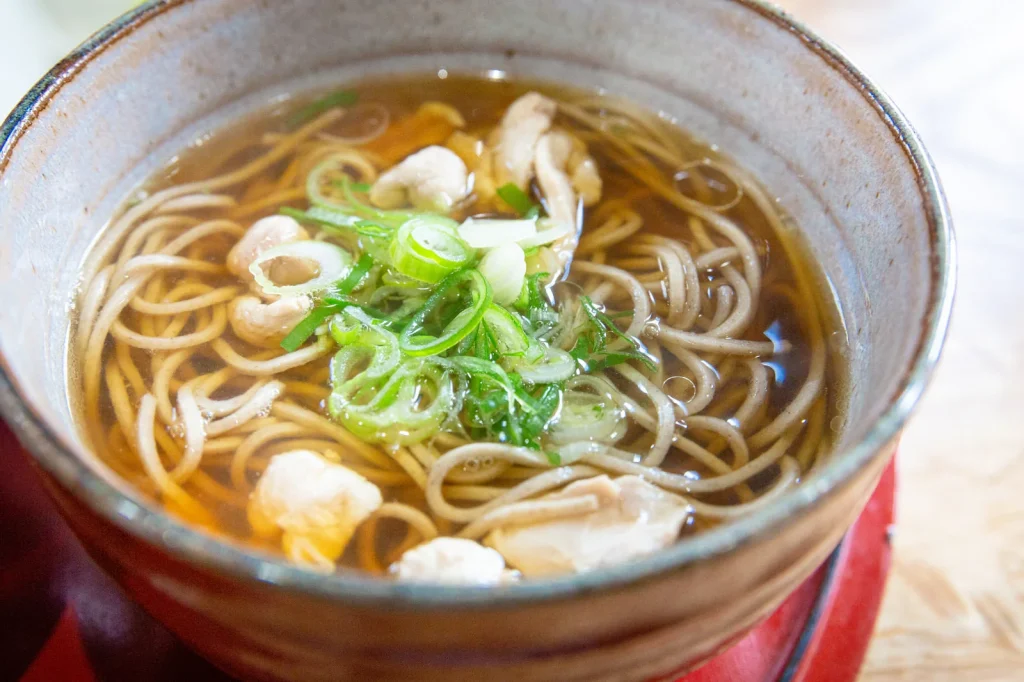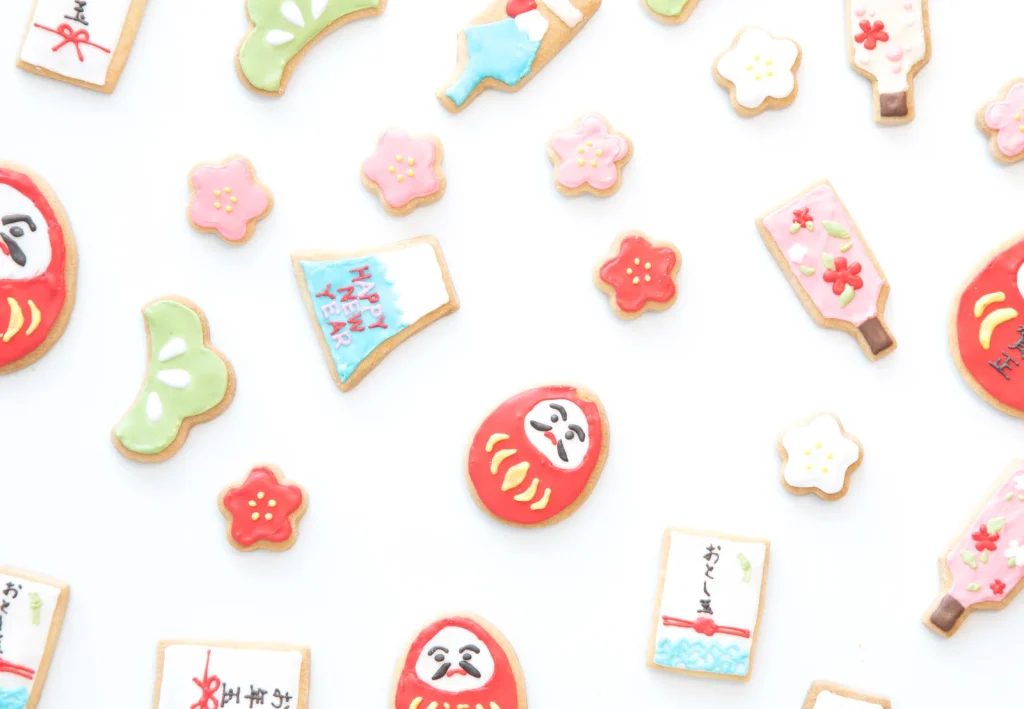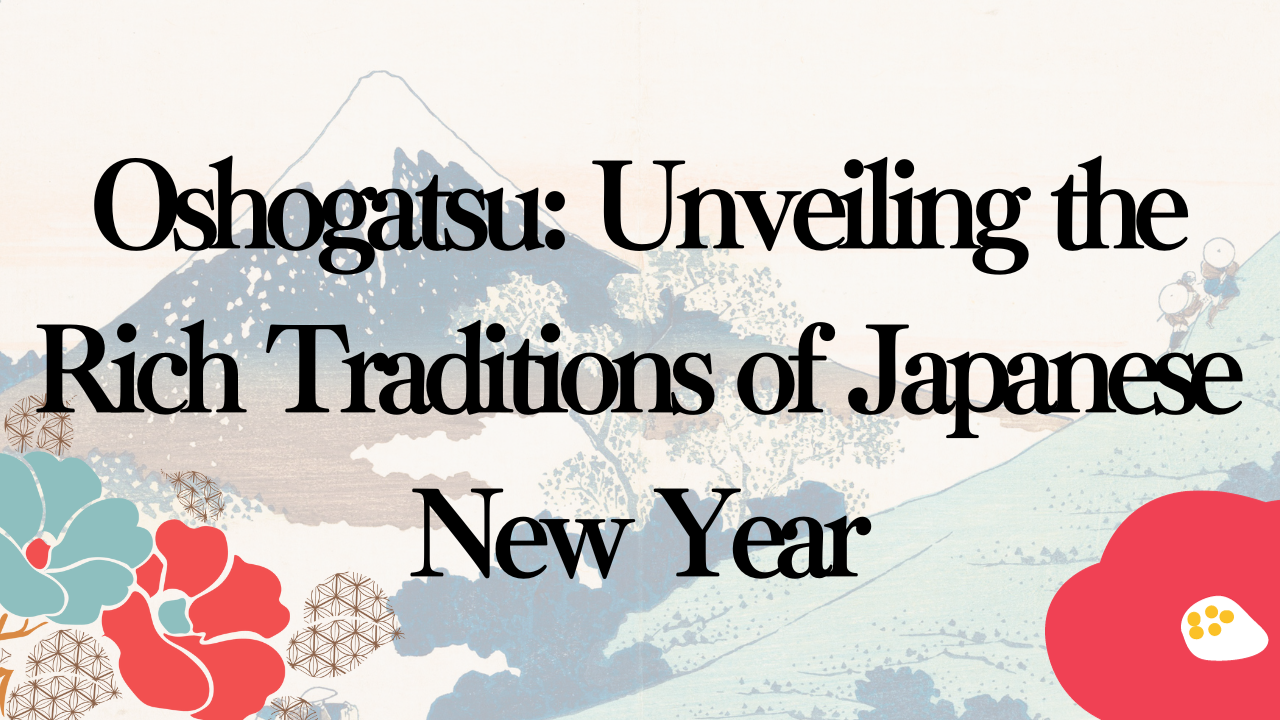Japan, a country deeply rooted in tradition, welcomes the New Year with a tapestry of customs and celebrations that reflect its rich cultural heritage.
The Japanese New Year, known as “Oshogatsu,” is a time of profound significance, blending centuries-old rituals with contemporary festivities.
In this exploration, we delve into the intricacies of how Japan bids farewell to the old year and joyfully ushers in the new, capturing the essence of a season steeped in tradition, reflection, and renewal.
The Prelude: Osechi-Ryori and Toshikoshi Soba

As the year draws to a close, preparations for Oshogatsu begin with meticulous attention to culinary traditions.
Osechi-ryori, a collection of meticulously crafted New Year’s dishes, takes center stage. Each dish carries symbolic meaning, representing wishes for health, prosperity, and happiness in the coming year.
The variety of ingredients and flavors encapsulate the diversity of hopes for the future.
Toshikoshi Soba, another cherished tradition, involves the consumption of buckwheat noodles on New Year’s Eve.
The long, thin noodles symbolize longevity, and by partaking in this dish, individuals express a desire for a long and prosperous life.
Joyful Countdown: New Year’s Eve – “Joya no Kane”

As the clock approaches midnight on New Year’s Eve, a sacred tradition known as “Joya no Kane” takes place.
Temples across Japan ring large bells 108 times, a number significant in Buddhist belief. Each toll signifies the cleansing of human desires, allowing for a fresh start in the new year.
The resonance of these bells echoes across the country, marking a moment of reflection and anticipation.
Welcoming the Dawn: Hatsumode and Shrine Visits
With the arrival of the New Year, the tradition of Hatsumode begins.
Hatsumode is the first shrine or temple visit of the year, and millions of people flock to sacred sites to offer prayers and seek blessings for the upcoming year.
Shrines are adorned with festive decorations, and the air is filled with a sense of reverence and hope.
Kagami Mochi and Shogatsu Kazari: Symbolism in Decorations

Symbolism plays a crucial role in Oshogatsu decorations.
Kagami Mochi, a special arrangement of two rice cakes stacked on top of each other, symbolizes the continuity of generations and the passage of time.
Shogatsu Kazari, or New Year decorations, adorn homes with items like pine branches, bamboo, and plum blossoms, symbolizing longevity, prosperity, and steadfastness.
Family Unity: Oshogatsu Traditions at Home

Celebrations continue within the home, where families gather for special meals and spend quality time together.
Traditional games such as “hanetsuki” (a badminton-like game) and “kemari” (a game where players keep a small ball aloft) add a playful touch to the festive atmosphere.
Additionally, exchanging “otoshidama” – monetary gifts for children – is a common practice, fostering a sense of joy and unity.
The Culmination: Nanakusa-gayu and Coming of Age Day
The first meal of the New Year, known as Nanakusa-gayu, consists of a special rice porridge with seven herbs, believed to purify the body.
This simple yet symbolic dish is a harmonious start to the year, promoting good health and well-being.
Shortly after Oshogatsu, Japan celebrates Coming of Age Day, recognizing individuals who have turned 20, marking their entry into adulthood.
Festivities include ceremonies at local government offices and a sense of pride as young adults officially become part of society.
Evolution of Tradition: Modern Oshogatsu Celebrations
While rooted in ancient customs, Oshogatsu has evolved to embrace modern elements.
Many Japanese people now enjoy the New Year holiday by watching special television programs, participating in countdown events, or even traveling to experience unique celebrations in different regions.
Challenges and Reflection: The Changing Landscape of Oshogatsu
Despite the enduring significance of Oshogatsu, societal changes and the influence of global culture pose challenges to traditional celebrations.
The balance between preserving customs and adapting to contemporary lifestyles becomes an ongoing consideration for many.
Conclusion: A Tapestry of Renewal and Tradition
In concluding our exploration of the Japanese New Year, it becomes evident that Oshogatsu is more than a series of rituals; it’s a profound cultural tapestry that weaves together the threads of tradition, spirituality, and community.
As Japan strides into the future, the New Year stands as a moment of reflection, renewal, and the timeless celebration of the bonds that connect generations.
Oshogatsu remains a testament to Japan’s ability to harmonize its ancient customs with the rhythms of modern life, creating a vibrant and meaningful tapestry of celebration.



コメント